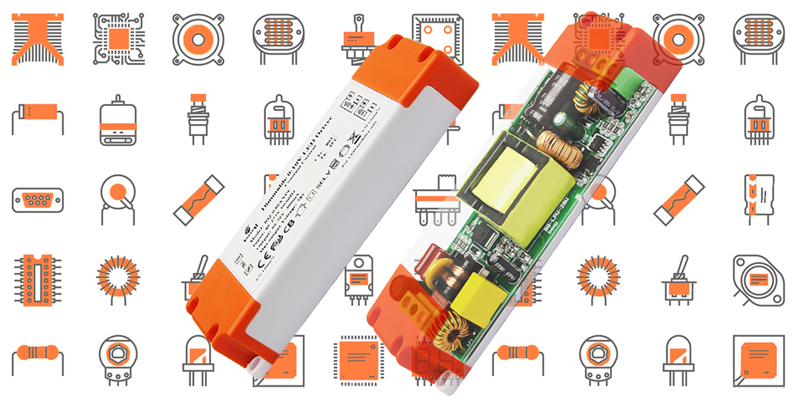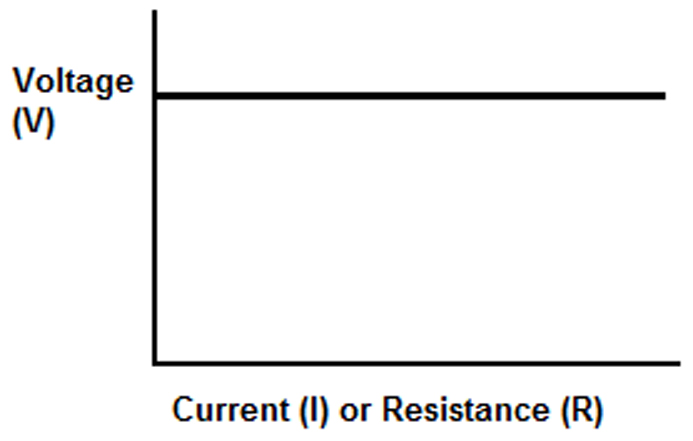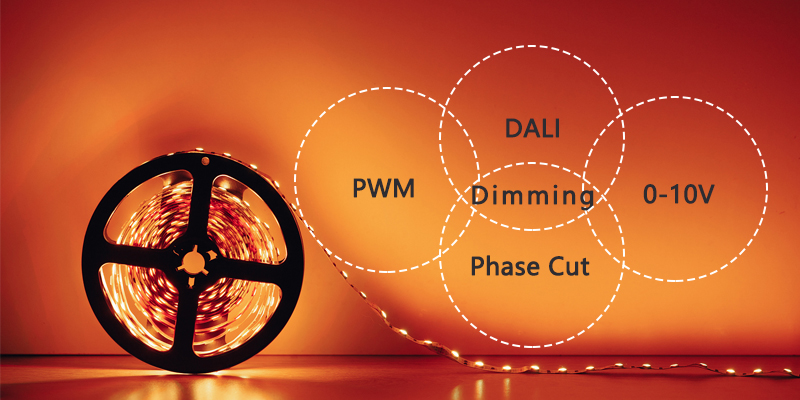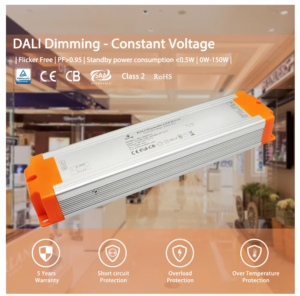
Navigieren durch die Feinheiten der LED-Treiber Auswahl ist ein sehr wichtiges Thema im Bereich der Elektronik und der Beleuchtung. Bei oberflächlicher Betrachtung mag der Prozess einfach erscheinen. Die Auswahl eines geeigneten Treibers, der sich nahtlos in ein optimiertes Beleuchtungsprodukt einfügt, erfordert jedoch höchste Aufmerksamkeit.
In reality, the procedure encompasses multiple stages. It's imperative to meticulously examine each step delineated, especially if the objective is to identify a driver that resonates with the voltage waveform and phase control requirements of a sophisticated LED lamp system.
- 1. Bestimmung der Anwendung
- 2. Konstantstrom- oder Konstantspannungsmodus
- 3. Auswahl der Nennleistung:
- 4. Spezifikation der Ausgangsspannung
- 5. Spezifikation des Ausgangsstroms
- 6. Entscheidung über den Kabeltyp
- 7. Auswahl der Zertifizierung
- 8. Wahl der Dimmmethode
- 9. Überprüfung der Proben
- 10. Bewertung von Qualität und Service
1. Bestimmung der Anwendung
Firstly, it's imperative to discern whether you're in the market for an outdoor or indoor driver. While the term "outdoor driver" might suggest exclusivity to external environments, it typically pertains to an IP66 or higher waterproof rating, coupled with a 2kV differential mode and 4kV common mode surge protection rating. Outdoor drivers predominantly find their place in bay lights and explosion-proof lighting. Conversely, indoor drivers, when equipped with robust surge protection, can be adapted for outdoor usage. Nevertheless, the terms "outdoor" and "indoor" remain the prevalent descriptors for lighting applications.

2. Konstantstrom- oder Konstantspannungsmodus
In the realm of electronics and lighting, choosing between Constant Current (CC) and Constant Voltage (CV) modes for LED drivers is crucial. The CC mode ensures a consistent current, vital for LEDs to maintain uniform brightness and longevity. Conversely, the CV mode, ideal for setups with multiple LEDs or strips in parallel, provides a set voltage output. Each LED or strip in such designs draws its required current from this voltage source, but it's essential that each has its own current-limiting mechanism. The decision between CC and CV depends on the lighting system's demands: CC focuses on precision for individual LEDs, while CV emphasizes flexibility for larger setups. Understanding these modes is key for optimal LED system performance.



3. Auswahl der Leistungsklasse:
For LED lamps, the power rating invariably alludes to the input power. However, when discussing LED drivers, one refers to the output power, which is the product of the output current and the maximum output voltage. The key is to ensure that the chosen power surpasses the LED's peak load power.
4. Spezifikation der Ausgangsspannung
Choosing the right output voltage specification for an LED driver is crucial for the optimal performance and longevity of LED lighting systems. The LED driver serves as the power supply for the LED, converting input power to the correct voltage, current, and frequency required by the LED. When selecting an LED driver, one must ensure that its output voltage matches the voltage requirements of the LED or LED array it will power. Mismatched voltages can lead to reduced brightness, color shifts, flickering, or even premature failure of the LED. Moreover, it's essential to consider the operating environment, as voltage requirements can change based on temperature fluctuations. Some advanced LED drivers come with adjustable output voltage settings, providing flexibility for various applications. In conclusion, by carefully selecting the right output voltage specification for an LED driver, one can ensure efficient energy use, consistent light quality, and extended lifespan of the LED system.
5. Spezifikation des Ausgangsstroms
This step is pivotal, largely governed by the type of LED chip chosen and its optimal operational point. Often, the desired current might not be readily available in driver model listings. In such instances, you're presented with two avenues: either select the closest available model or liaise with the driver manufacturer for a specific model. The former offers immediacy but might compromise on light performance, while the latter, though potentially time-consuming, ensures an optimal end product. The choice invariably hinges on the manufacturer's market strategy and specific circumstances.
If you aren't still sure about the specification of the LED Driver you need, please try to use our LED-Treiber-Rechner!

6. Entscheidung über den Kabeltyp
For the North American market, UL cables, predominantly with PVC jackets, are the norm. In contrast, other global regions tend to favor VDE cables with rubber jackets. It's worth noting that UL cables are globally accepted but face restrictions as standalone drivers under CE standards. The IEC standards introduce the class II device, devoid of a ground connection. When integrating connectors, it's crucial to be cognizant of their certifications. UL-certified connectors can be pricey, prompting some to opt for junction boxes for connections, especially in North America.
7. Auswahl der Zertifizierung
Zertifizierungen sind das A und O. Für den EU-Markt ist CE eine Voraussetzung, während UL in anderen Ländern von grundlegender Bedeutung ist. ENEC wird in vielen Regionen als besser angesehen. Die CB-Zertifizierung ist von Bedeutung, da sie gegen eine geringe Gebühr leicht in KC, PSE oder SAA umgewandelt werden kann. In Nordamerika kann eine Einstufung in Klasse 2 die Konstruktion von Leuchten vereinfachen, ähnlich wie SELV in anderen Regionen der Welt.
8. Wahl der Dimmmethode
This phase can be intricate for lighting engineers, given their expertise often leans more towards lighting mechanics than electronics and control. It's essential to ascertain the need for a dimming function and its realization, be it through TRIAC / Phasenanschnitt, 0-10V, DALIoder PWM. Die Wahl der Kontrollprotokollmit ihren jeweiligen Vorteilen und Einschränkungen, je nachdem, ob es sich um ein neues Projekt oder eine Nachrüstung handelt. Auf diese Protokolle wird in einem späteren Artikel näher eingegangen.

9. Überprüfung der Proben
Upon concluding the electrical design, the journey isn't over. Acquiring and validating samples in your lighting system is the next step. It's advisable to order samples in batches, initially 2-3 units, to gauge product consistency. Post successful electrical performance tests, a larger batch can be ordered for a pilot run. The recommended size for a single run exceeds 50 units. Additionally, understanding product delivery timelines, especially for bulk orders, is crucial for both parties to ensure seamless production.
10. Bewertung von Qualität und Service
Before finalizing your decision, it's imperative to scrutinize the warranty, gauge the quality of customer service, and evaluate the vendor's ability to comprehend client needs. These factors play a pivotal role during and post the transaction.
boqi LED Driver hält sich akribisch an die oben genannten Schritte und ist bestrebt, in jeder Phase mit Ihnen zusammenzuarbeiten. Unser Ziel ist es, Ihre Anforderungen umfassend zu erfassen und die am besten geeignete Lösung zu präsentieren. Wir hoffen, dass wir eine dauerhafte Beziehung aufbauen können. Für weitere hochwertige Produkte sehen Sie sich unser Angebot an.

Für diejenigen, die eine visuelle Lernerfahrung bevorzugen, ist auch ein Video-Tutorial verfügbar.






